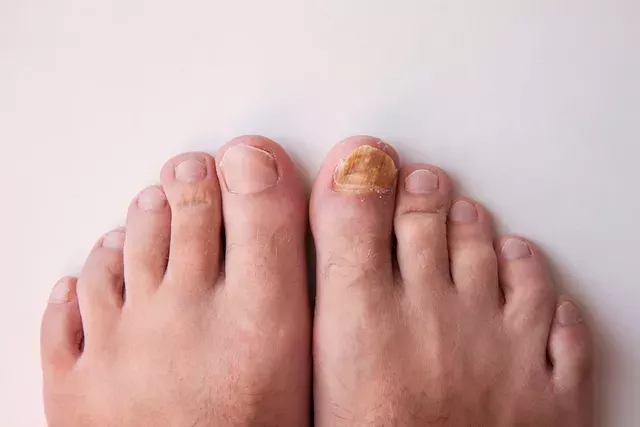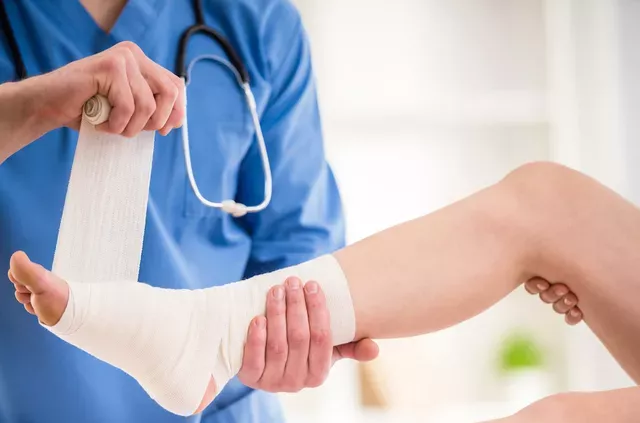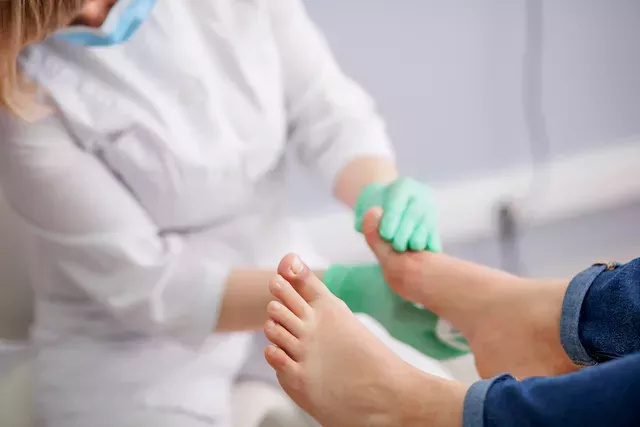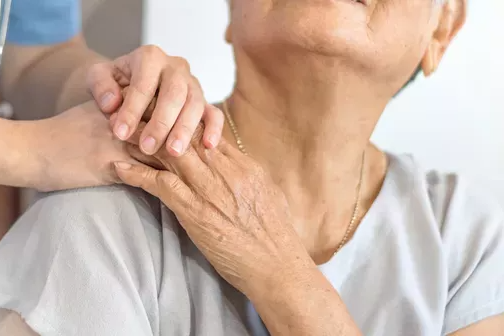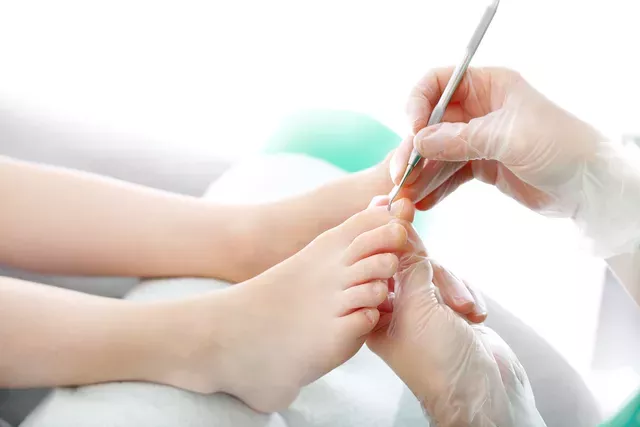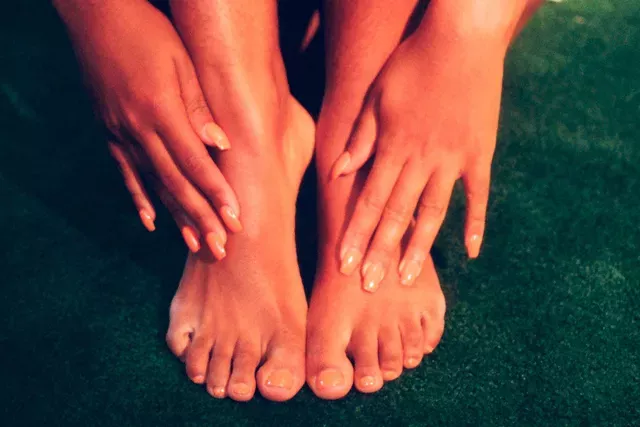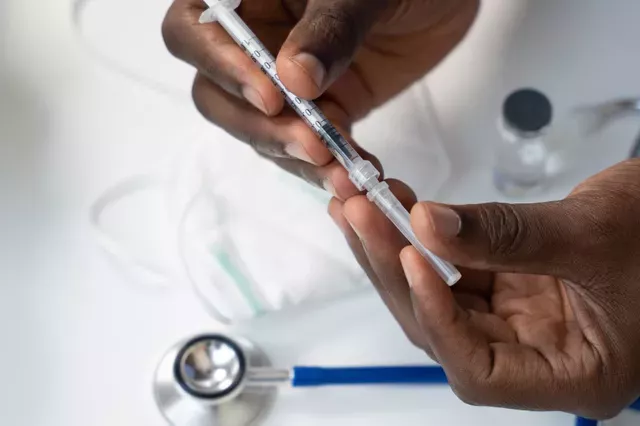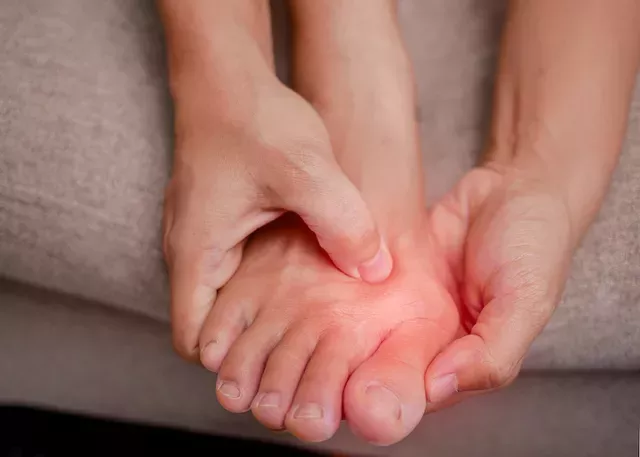
GRAFTING SERVICES SERVING IN MILL SQUARE, SAN MATEO, HILLSBOROUGH, CA, AND THE SURROUNDING AREAS
Feet are the unsung heroes of our daily lives, tirelessly carrying us from one place to another. However, when foot problems arise, they can significantly impact our mobility and overall well-being. In the world of podiatry, one innovative technique stands out as a powerful solution to address a range of foot and ankle issues: grafting service. In this blog, we’ll explore the art of grafting service in podiatry and how it benefits patients seeking relief from various foot conditions.
Grafting Q&A
What is Grafting?
Grafting, in the context of podiatry, is a surgical procedure that involves the transplantation of tissue, typically skin, bone, or tendons, from one area of the body to another or from a donor source to the patient’s foot or ankle. This technique is commonly used to treat a wide range of podiatric problems, such as wounds, ulcers, deformities, and even some cases of arthritis. Grafting is a versatile approach that can help restore function, relieve pain, and enhance the appearance of the feet.
What type of Grafting?
- Skin Grafting: Skin grafting is one of the most common types of grafting services in podiatry. It involves transplanting healthy skin from one part of the body, often the thigh or buttocks, to cover and heal a wound or ulcer on the foot or ankle. Skin grafts can help protect the wound, promote tissue regeneration, and prevent infection.
- Bone Grafting: For patients with foot or ankle conditions involving bone loss or deformities, bone grafting can be a game-changer. This procedure involves transplanting bone tissue, often sourced from the patient’s own body or a donor, to repair or replace damaged bones. Bone grafts are crucial for addressing issues like fractures, non-unions, and arthritic joint problems.
- Tendon Grafting: Tendons play a vital role in the functionality of our feet and ankles. When tendons are damaged or torn, grafting can restore their integrity and function. Tendon grafts involve the transplantation of healthy tendon tissue to replace or reinforce damaged tendons, ensuring proper movement and stability.
- Allografts and Xenografts: In some cases, podiatrists may use grafts from sources outside the patient’s body, such as allografts (tissue from a human donor) or xenografts (tissue from animals). These grafts can be useful for specific cases and have been successful in promoting healing and tissue regeneration.
Benefits of Grafting Service in Podiatry?
- Faster Healing: Grafting accelerates the healing process, reducing the risk of complications and infection. It provides a protective barrier over wounds and stimulates the body’s natural healing mechanisms.
- Restored Functionality: Grafting can restore lost or compromised function in the feet and ankles. Patients often experience improved mobility and reduced pain after the procedure.
- Aesthetic Improvement: Grafting not only promotes healing but can also improve the appearance of the foot, especially in cases where ulcers or wounds have caused deformities or scarring.
- Customized Solutions: Podiatrists tailor grafting procedures to each patient’s unique needs, ensuring the best possible outcome for their specific condition.

